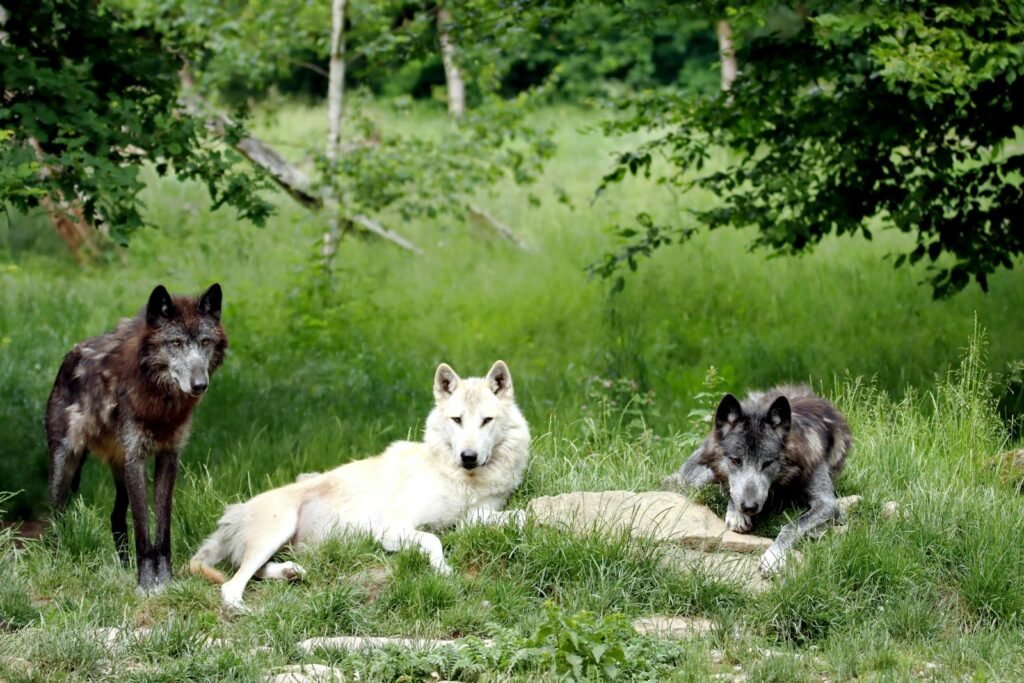Imagine walking through a lush rainforest, guided not by a map, but by words—words so ancient and precise that they can point you to a medicinal plant, warn you of an oncoming storm, or teach you how to harvest without harming the earth. This is not a fantasy. Across the globe, languages have not only shaped how people communicate, but have also acted as living libraries of ecological knowledge. In a world racing against climate change, these linguistic treasures might just hold forgotten secrets to survival and sustainability. What if the answers to our environmental challenges have been whispered through generations, encoded in the very languages we risk letting slip away?
The Deep Roots of Language and Environment
For thousands of years, human societies have evolved hand-in-hand with their environments. Language has always been a vital bridge between people and nature, shaping not just how communities talk about the world, but how they understand and interact with it. Words for weather patterns, plant species, animal behaviors, and seasonal cycles often reflect a profound awareness of local ecosystems. In many indigenous languages, there are unique terms for subtle environmental changes—a sign of how closely speakers have observed their surroundings. This deep-rooted connection is a testament to the intricate tapestry woven between language, culture, and climate.
Traditional Ecological Knowledge Embedded in Words
Every language contains a treasure trove of traditional ecological knowledge (TEK). TEK refers to the wisdom, practices, and beliefs developed by communities through direct contact with their environment over countless generations. For instance, the Sámi people of northern Europe have dozens of words describing different types of snow, a necessity for herding reindeer and surviving Arctic winters. Such linguistic richness enables precise communication about ecological phenomena that outsiders might overlook. These words aren’t just labels; they are instructions for living in harmony with the land.
Lost Languages, Lost Wisdom
The extinction of a language is more than the loss of words—it’s the erasure of an entire worldview. When a language vanishes, so too does the ecological wisdom embedded in its vocabulary, stories, and songs. For example, many Australian Aboriginal languages possess intricate terms for edible plants, water sources, and animal tracks that have guided survival in harsh climates for millennia. When these tongues fade, so do the lessons they carry, making communities and even scientists poorer for it. The stakes are high: losing a language can mean losing sustainable ways of living on a changing planet.
How Language Shapes Environmental Perception
Language doesn’t just record knowledge; it shapes perception. The way a community talks about the environment influences how its members think, feel, and act toward it. In Hawaiian, for example, the word “aloha ʻāina” means “love of the land,” a phrase that inspires stewardship and respect for nature. Similarly, the Yuchi language of North America encodes relationships between humans, water, and animals in its grammar—promoting a sense of interconnectedness. These linguistic frameworks can foster deeper environmental ethics, guiding collective behavior in ways that transcend mere words.
Nature’s Calendar: Phenological Vocabulary
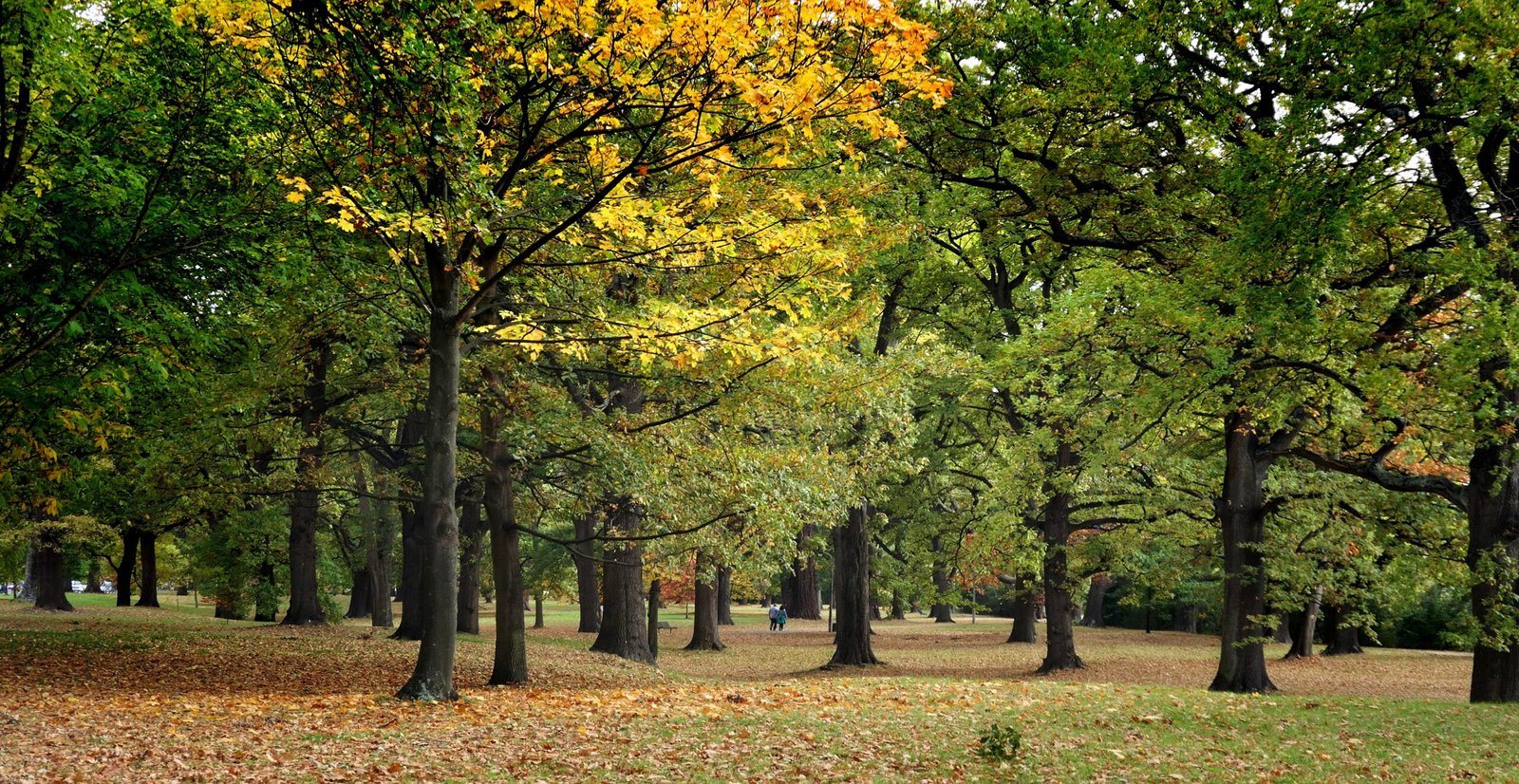
Some languages have developed highly specialized vocabularies to track seasonal changes—a skill known as phenological observation. The Han people of China, for instance, use distinct terms for each brief stage in the blooming of certain flowers, helping them anticipate agricultural events. In the Arctic, Inuit languages boast words that describe not only the color of ice, but its thickness, salinity, and suitability for travel. This rich vocabulary acts as a living calendar, helping communities adapt to climate variability and maintain food security in challenging conditions.
Oral Traditions and Environmental Storytelling
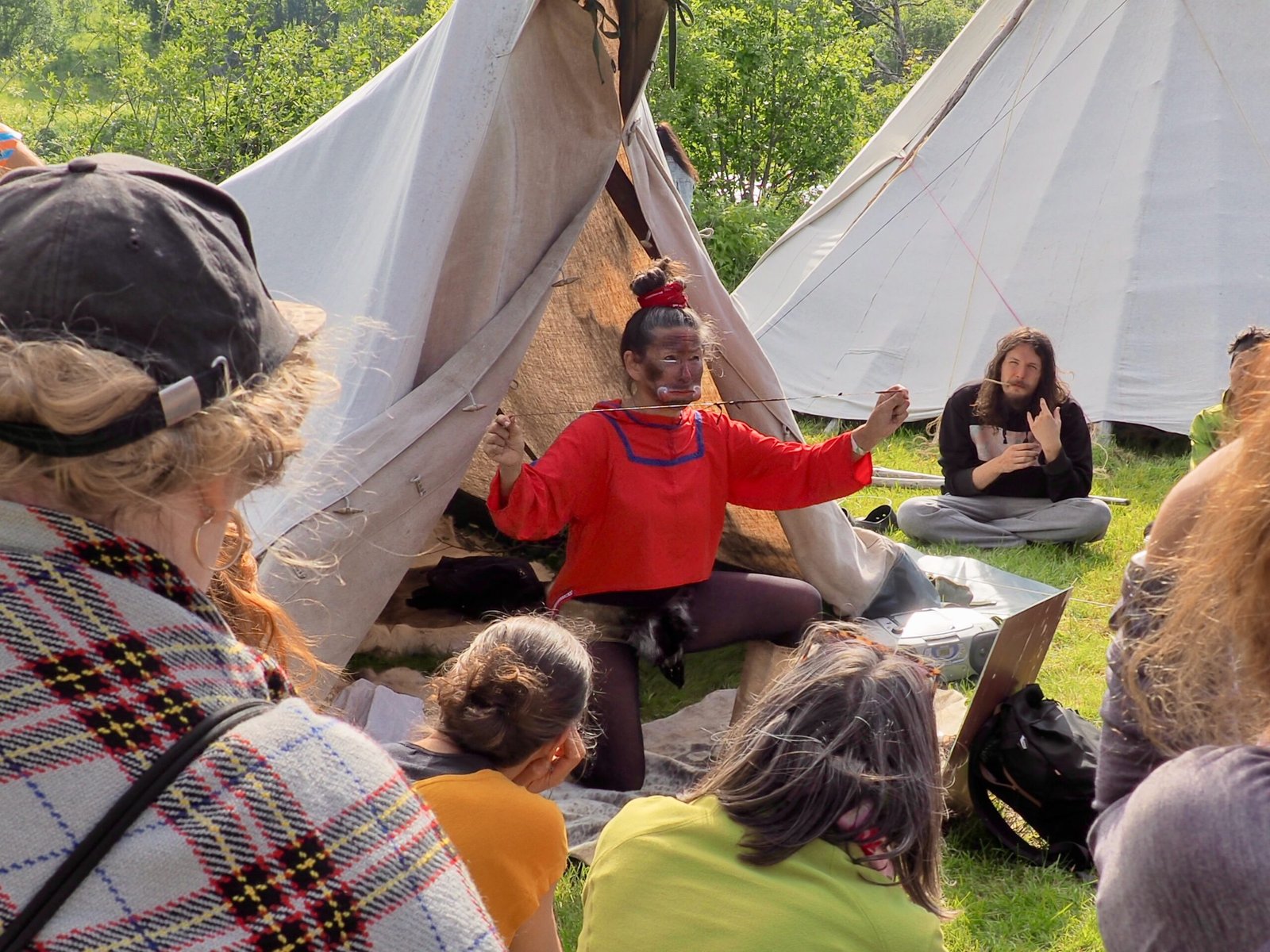
Stories, songs, and myths are powerful vehicles for passing ecological knowledge across generations. In many cultures, oral traditions are packed with lessons about sustainable hunting, fishing, and land use. The Māori of New Zealand, for instance, use chants and proverbs to encode fishing seasons and conservation ethics, teaching children how to respect marine life. These stories are more than entertainment—they are blueprints for enduring in fragile ecosystems, and they rely on language as their vessel.
Words for Weather: Forecasting Through Language
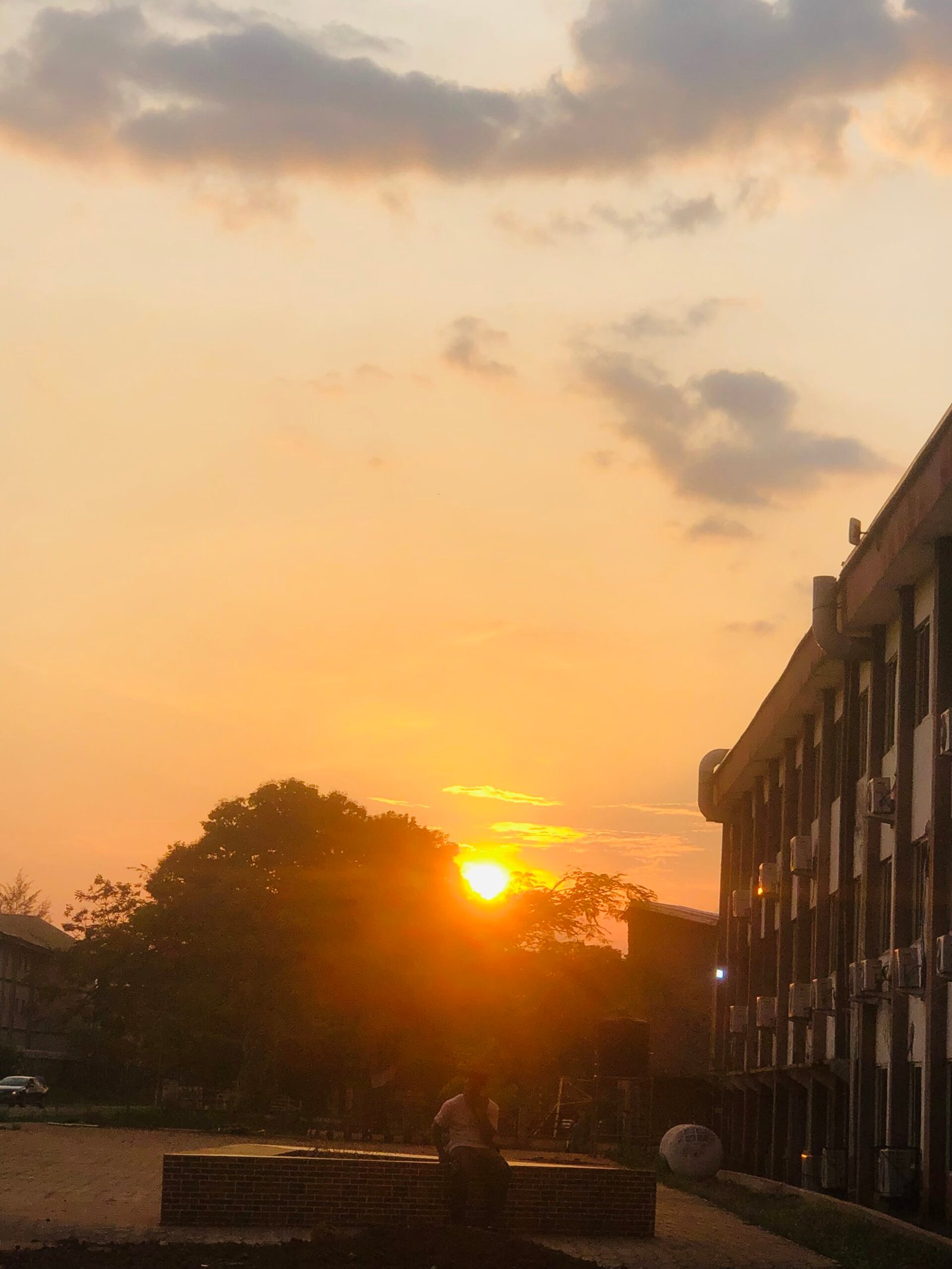
Predicting the weather is a matter of life or death for many communities, and languages often contain detailed terms for atmospheric phenomena. The Yup’ik people of Alaska have dozens of words for wind, each carrying hints about weather patterns and fishing conditions. This linguistic precision allows them to read subtle shifts in the environment and respond accordingly. Such nuanced weather vocabulary is not just poetic; it’s practical, representing a sophisticated, science-like understanding passed down through speech.
Plant Names and Ethnobotany
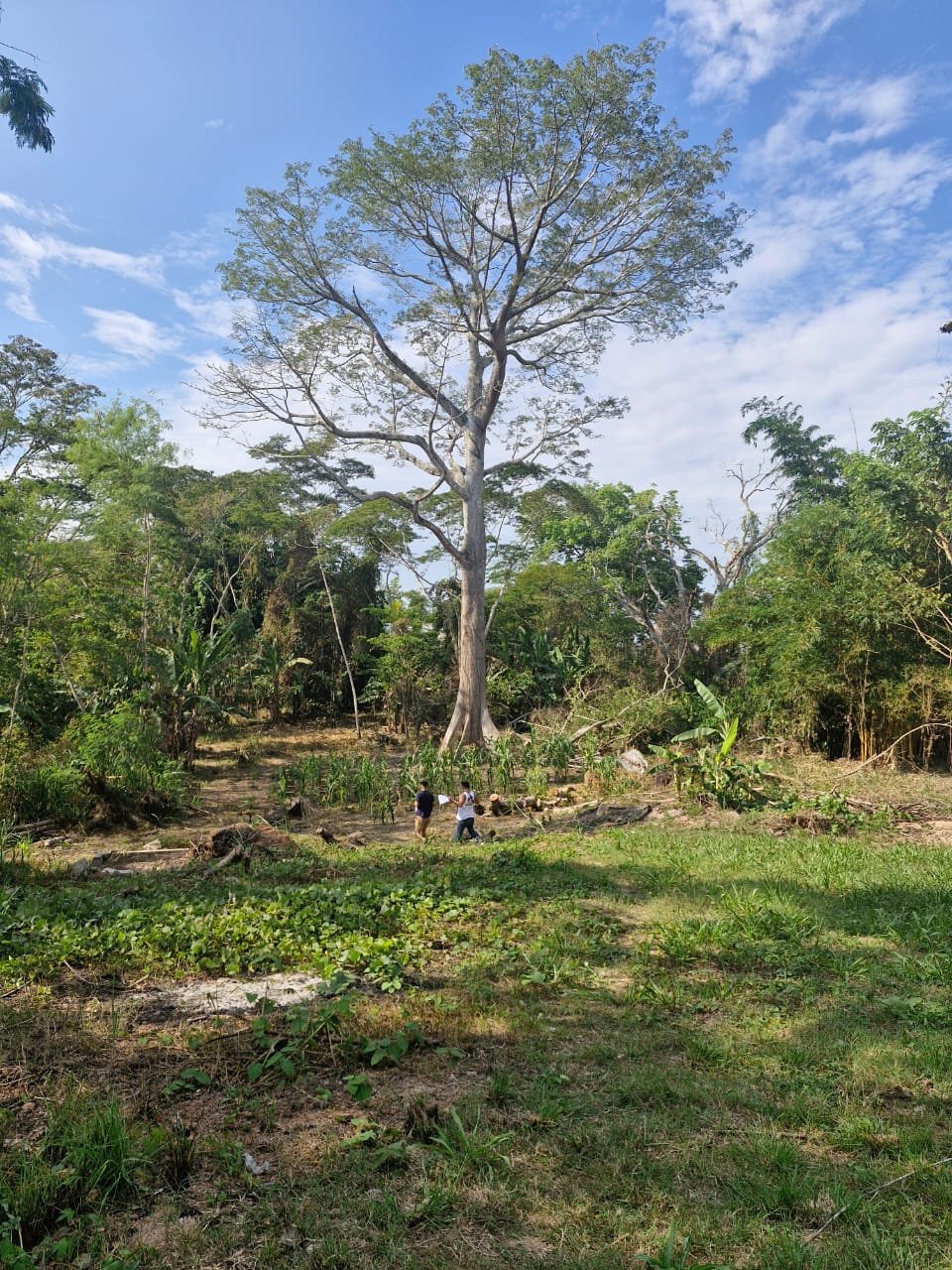
Indigenous languages frequently contain extensive knowledge about plants, encoded in names that describe not only their appearance but their uses, growth patterns, and medicinal properties. In the Amazon rainforest, for example, the Matsés language includes words for hundreds of plant species, many of which are unknown to science. Each name might hint at how to prepare a root, which animals eat its fruit, or how to recognize it by scent. This linguistic ethnobotany is a living field guide, cultivated through centuries of close observation.
Animals in Language: Tracking and Conservation
Just as languages help people remember plant lore, they also preserve knowledge about animals. The San people of southern Africa use different words for animal tracks, droppings, and behaviors, enabling them to track game with extraordinary accuracy. Such detailed animal vocabulary reflects a respectful, symbiotic relationship with wildlife. By understanding the signs animals leave behind, these communities can hunt sustainably and avoid depleting local populations—a skill more valuable than ever in today’s rapidly changing world.
The Modern Threat: Language Loss and Climate Change

Language loss is accelerating at an alarming rate, often hand-in-hand with environmental degradation. As younger generations shift to dominant languages in search of economic opportunities, the nuanced ecological vocabulary of their ancestors can disappear in just a few decades. This loss is especially tragic as climate change intensifies, since traditional languages often contain adaptive strategies for surviving floods, droughts, and other disasters. Preserving linguistic diversity is thus not only a cultural imperative but also a practical tool in the global response to environmental crises.
Revitalization Efforts: Reclaiming Wisdom
Across the world, communities are fighting to keep their languages alive, and with them, their ecological wisdom. Language revitalization projects, from teaching native tongues in schools to recording elders’ stories, are helping to reclaim lost knowledge. In Australia, Aboriginal language programs are bringing back words for native plants and animals, sparking renewed interest in local conservation. These efforts are more than nostalgia—they are bold acts of resilience, equipping new generations with time-tested tools for facing ecological uncertainty.
The Power of Listening to Endangered Voices
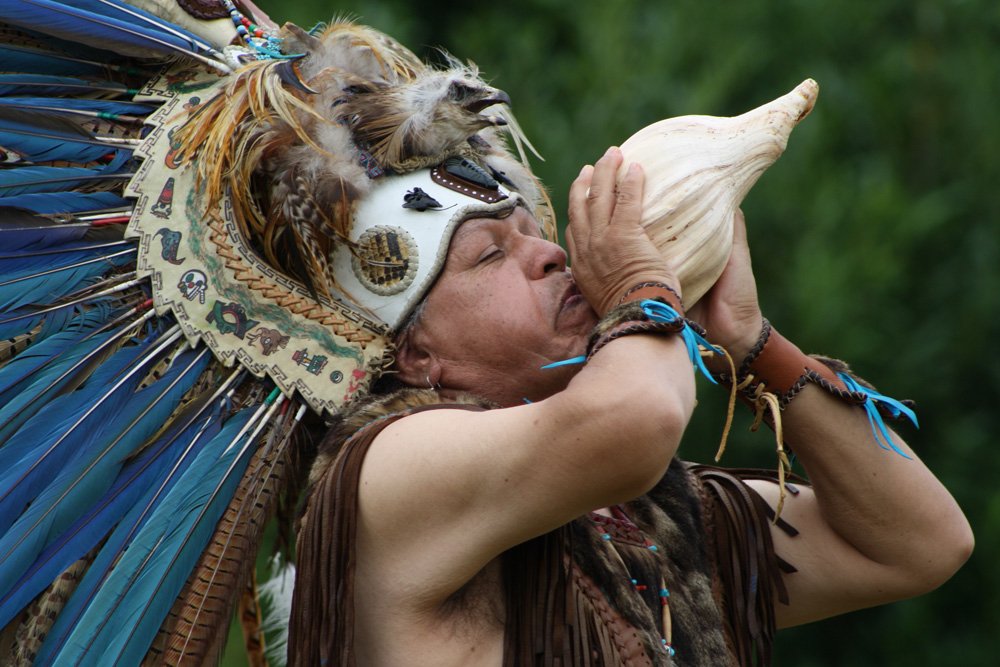
As the world becomes more interconnected, it is easy to overlook the voices of those who have lived in harmony with nature for centuries. Yet, paying attention to endangered languages can reveal astonishing insights into sustainable living and environmental stewardship. Each language is like a unique lens, offering a fresh perspective on how to coexist with the planet. By valuing and protecting linguistic diversity, we open ourselves to new solutions for old problems and honor the wisdom of those who came before us.
The intricate dance between language and climate is a reminder that survival is not just about technology or policy—it’s about listening to the stories nature has taught us, spoken in a thousand different tongues. What secrets might we rediscover if we choose to listen?

